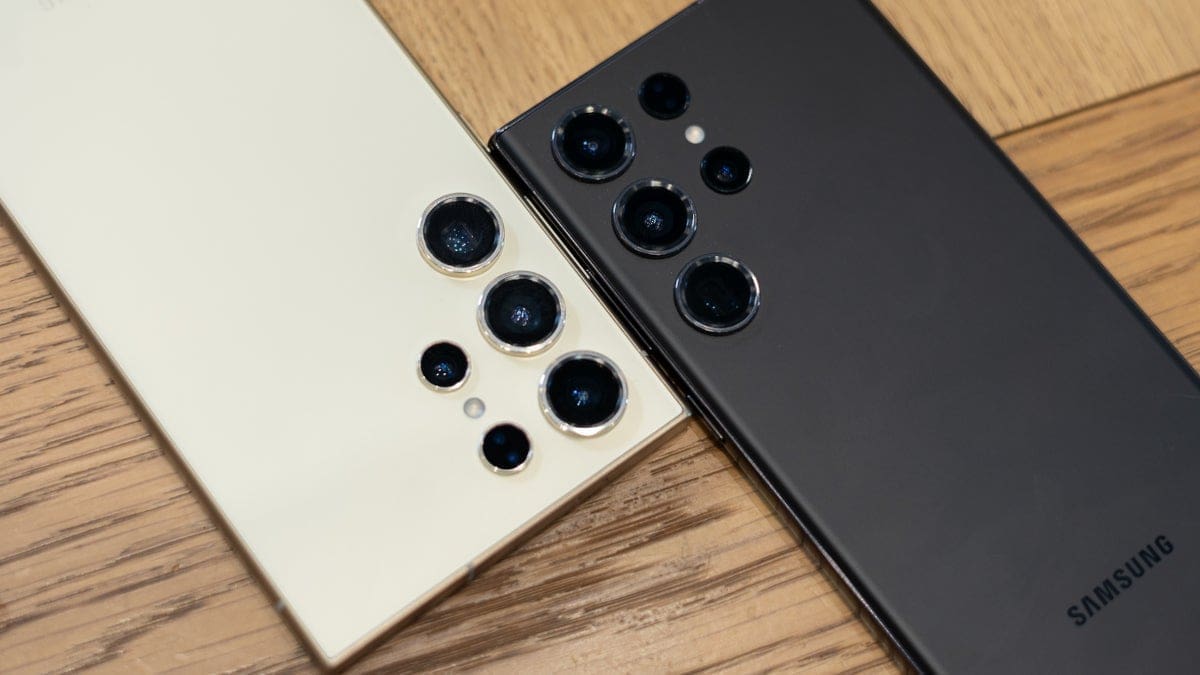Huawei’s Mate 60 series, powered by the first 5G Kirin chipset since 2020, made headlines last August. However, due to US export rules and restrictions, Huawei faced challenges in obtaining cutting-edge chips. Here’s a breakdown of the latest developments in Huawei’s semiconductor journey:
– The Kirin 9000S, manufactured by China’s largest foundry SMIC, powers the Mate 60 line.
– Huawei is set to upgrade its smartphone performance with SMIC’s creation of 5nm chips using deep ultraviolet lithography.
– SMIC will produce two chips for Huawei – a new Kirin SoC for its handsets and the Ascend 920 chip for AI applications.
While these developments are promising, there are challenges ahead:
– SMIC’s 7nm yield is significantly lower than TSMC’s while charging higher fees for chips produced using the 5nm and 7nm nodes.
– Due to US licensing restrictions, Huawei cannot obtain chips from TSMC, hindering its ability to access cutting-edge technology.
As technology evolves, smaller transistors in lower process node chips allow for increased transistor count, leading to more powerful and efficient chips. For example, the latest iPhone series features a 3nm A17 Pro chip with a staggering 19 billion transistors inside.
Despite facing obstacles on its semiconductor journey, Huawei continues to innovate and adapt to stay competitive in the ever-evolving smartphone market. Stay tuned for more updates on Phones Canada as we track Huawei’s progress in this space.











